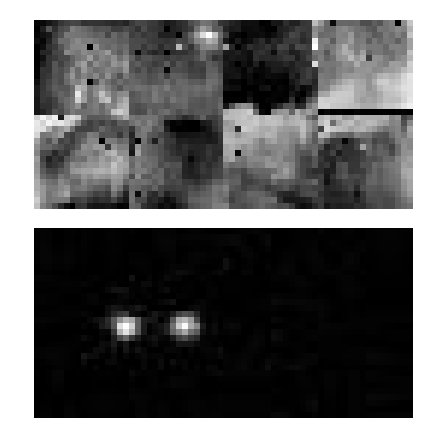| Authors: | J.Bobin, J-L Starck, R. Ottensamer |
| Journal: | IEEE |
| Year: | 2008 |
| Download: | ADS | arXiv |
Abstract
Recent advances in signal processing have focused on the use of sparse representations in various applications. A new field of interest based on sparsity has recently emerged: compressed sensing. This theory is a new sampling framework that provides an alternative to the well-known Shannon sampling theory. In this paper we investigate how compressed sensing (CS) can provide new insights into astronomical data compression and more generally how it paves the way for new conceptions in astronomical remote sensing. We first give a brief overview of the compressed sensing theory which provides very simple coding process with low computational cost, thus favoring its use for real-time applications often found on board space mission. We introduce a practical and effective recovery algorithm for decoding compressed data. In astronomy, physical prior information is often crucial for devising effective signal processing methods. We particularly point out that a CS-based compression scheme is flexible enough to account for such information. In this context, compressed sensing is a new framework in which data acquisition and data processing are merged. We show also that CS provides a new fantastic way to handle multiple observations of the same field view, allowing us to recover information at very low signal-to-noise ratio, which is impossible with standard compression methods. This CS data fusion concept could lead to an elegant and effective way to solve the problem ESA is faced with, for the transmission to the earth of the data collected by PACS, one of the instruments on board the Herschel spacecraft which will be launched in 2008.

